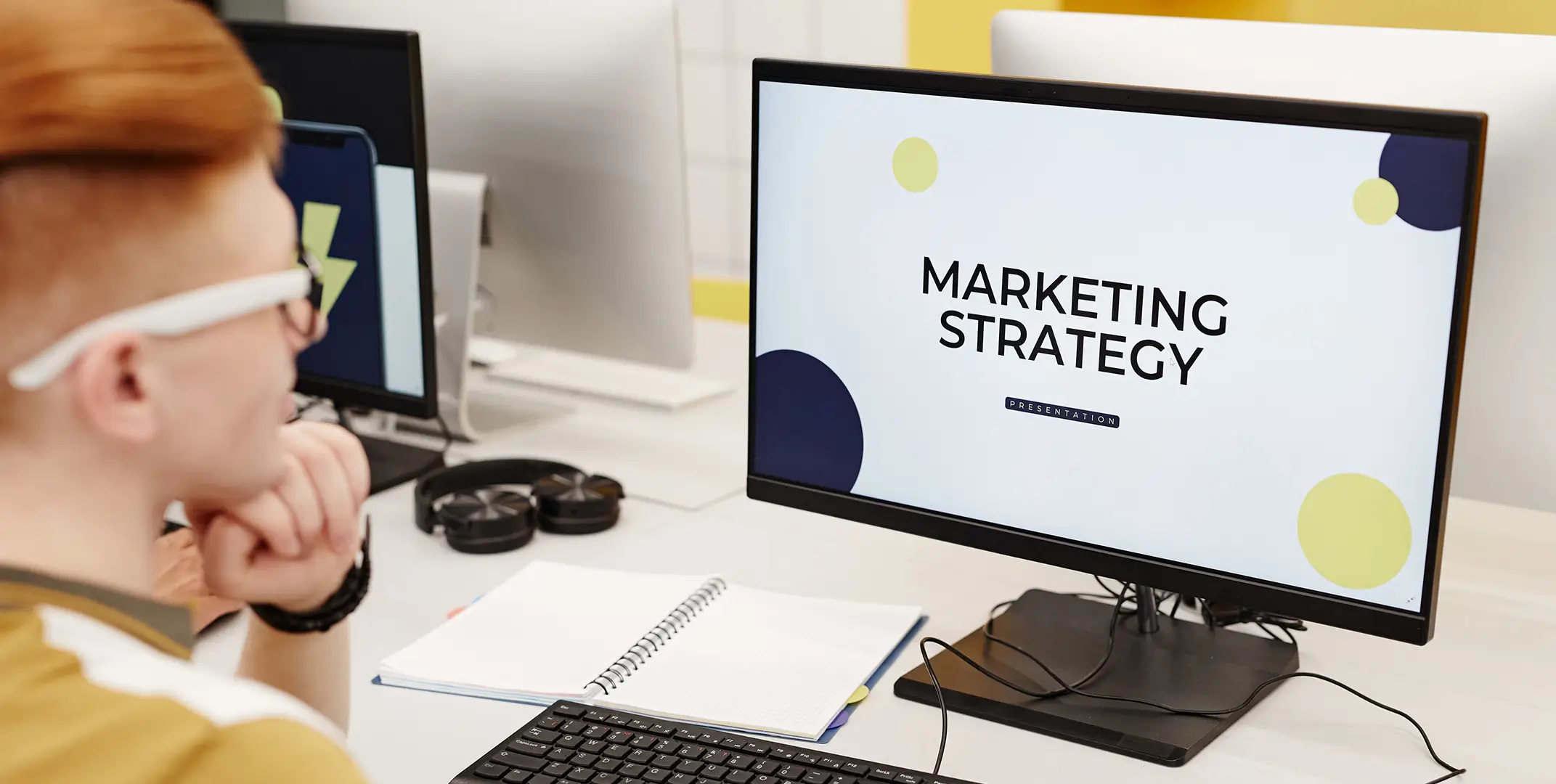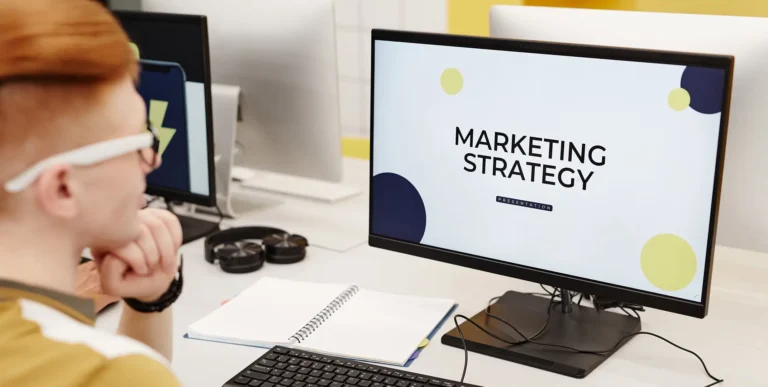With more than $450 billion in spending power, Gen Z is at the top of countless brands’ minds. What does this generation like, dislike and value? What kind of experiences are they seeking from brands? How can we best engage with them?
Post on
From being the first truly digital generation to its strong stance on social responsibility and individuality, Gen Z’s unique identity has redefined consumer expectations. Most notably, this generation’s purchasing decisions are heavily influenced by how well a brand can resonate with their values and sense of self.
So does marketing personalization still matter? Absolutely. Gen Z values authenticity and they are quick to dismiss generic, one-size-fits-all marketing messages. Plus, with 81% willing to share their data in exchange for a more personalized experience, brands need to be ready to deliver.
Want to get it right? We’re here to guide you through what Gen Z expects from personalized marketing and break down how it all works.
The Rise of Gen Z and Their Unique Expectations
Born between the mid-1990s and early 2010s, Gen Z has grown up in the age of smartphones, social media and instant access to information. As such, they have a level of digital nativity that sets them apart from previous generations.
With technology constantly at their fingertips, Gen Z-ers are accustomed to seamless digital interactions and expect the same immediacy and relevance from brands. For marketers, this means meeting them where they are and crafting digital marketing experiences that resonate with them as individuals.
But it’s not just about being in the same space. Gen Z also places value on authenticity. They’re discerning consumers, quick to disengage with brands that don’t align with their values.
Personalized marketing offers an opportunity to connect with Gen Z on a deeper level by speaking directly to their interests, preferences and values.
Interestingly, working to meet Gen Z’s expectations also has a sort of “spillover” advantage. This generation’s impact is massive, with millennials and Gen Xers also being influenced by this younger demographic. In other words, personalized marketing strategies designed to engage Gen Z can often resonate with other cohorts as well.
By focusing on authenticity, relevance and individual preferences, brands can create customer experiences that appeal across generations. After all, marketing personalization doesn’t just cater to Gen Z — it leans into the universal desire for meaningful connections and tailored interactions, making it a win-win approach for engaging diverse audiences.
The Power of Marketing Personalization
So what exactly is marketing personalization and what are the benefits of personalizing your interactions with your target audience?
Simply put, it’s about tailoring your marketing efforts to meet individual needs and preferences. This involves using real-time data and technology to deliver relevant content and experiences that are unique to each individual customer.
Why does it matter? For starters, it helps cut through the noise. With so much content being blasted at consumers every day, personalized marketing ensures that your message stands out and resonates with your audience. Plus, it shows that you understand and value your customers, making them more likely to engage with your brand and come back for more.
The popularity and effectiveness of this marketing approach can be seen in the virality of campaigns like Spotify Wrapped. With 156 million users accessing individualized reports of their streaming history in 2022, this hyper-personalized year-in-review campaign regularly sparks sharing trends all over social media.
Spotify Wrapped’s success is rooted in how it fulfills people’s desire for connection, self-expression and recognition. By offering users a personalized snapshot of their music tastes, Spotify triggers an emotional connection to their experience on the app. This not only strengthens its bond with existing users but also attracts new ones eager to join in on the personalized fun.
Other brands have since taken a page out of Spotify’s playbook. For instance, Southampton Football Club took it up a notch with their Season in Numbers campaign, leveraging video to remind viewers of the excitement of the season and showcase interesting stats that solidified their fan loyalty and encouraged customer retention.
Try saying that in an email. As you can see, this is a personal message that’s a lot more powerful presented in a video.
How Personalized Marketing Works
At this point, you may be wondering, how exactly do brands pull off personalized marketing? Well, it really comes down to collecting customer data and leveraging it effectively.
Brands start with data collection via various channels, such as websites, mobile apps and customer loyalty programs. They then use advanced analytics and AI-powered tools to analyze this data and extract meaningful insights. These insights enable brands to tailor their marketing efforts across multiple touchpoints, from the customer onboarding stage to customer service interactions.
All kinds of customer data can be used in personalization. For instance, purchase history can reveal a lot about a customer’s preferences and interests, allowing a brand to tailor product recommendations or offers based on past purchases.
Meanwhile, behavioral data — or how customers interact with a brand’s website, app, emails, etc. — can be used to trigger timely messaging and create personal content. Some examples include in-app reminders to return to an abandoned cart or personalized recaps that highlight a user’s best moments with a brand.
Of course, personal and demographic details like a customer’s first name, age, gender and location can further inform brands’ personalization strategies. From the language and tone used in an personalized email campaign to the actors featured in a Personalized Video, you can optimize so many elements to align with customer behavior, interests and preferences.
Ultimately, though, the combination of these data points is what allows brands to paint a comprehensive picture of each customer. With the help of automation and advanced algorithms, hyper-personalization aims to deliver a truly one-of-a-kind customer journey by considering and incorporating a multitude of data points.
Here’s a look at this in action. A whopping 2.2 million data points were gathered and categorized for Orangetheory Fitness’ personalized music video campaign. Each video featured a unique track that matched that member’s BPM while also spotlighting the member’s fitness achievements, including the number of workouts and calories burned.
The personalized marketing campaign was a hit, with members loving the “fun surprise” that inspired them to keep up their efforts into the new year. During launch week alone, more than 45,000 additional classes were booked.
The lesson here? When executed correctly, marketing personalization not only enhances customer satisfaction and loyalty but also drives higher conversion rates and ROI. By putting in effort to understand and treat their customers as individuals, brands can deliver the right message at the right time, making every interaction feel unique and valuable.
Using Video To Deliver Personalized Messages
Personalized marketing remains a vital strategy, especially when it comes to engaging Gen Z consumers. This generation craves authenticity and connection in their brand interactions, making personalized experiences essential for capturing their attention and loyalty.
Want to deliver personalization in a format that Gen Z loves? Partner with us and leverage our Next Generation Video Platform to create Personalized Videos that make your brand stand out from the crowd. With a proven track record of driving customer engagement and conversions, our solutions are sure to help you connect with Gen Z and beyond.
Contact us today to get started and discover how Idomoo can enhance your marketing personalization efforts.






